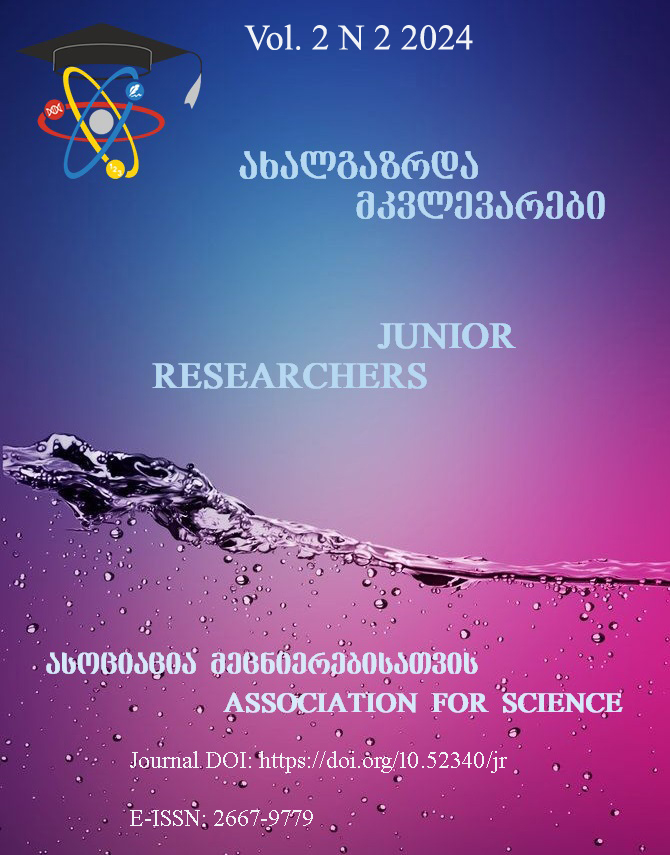Abstract
Numerous theories abound regarding the aging process of the human body; however, consensus acknowledges that cellular transformations accompany this natural progression. Understanding cellular demise mechanisms facilitates broader discussions on the morphological underpinnings of aging across organisms. To mitigate age-associated ailments and potentially arrest aging, comprehending cellular changes during this phase is paramount. Blood constituents offer a prime avenue for scrutinizing age-related metabolic shifts at the cellular level. Studies indicate a decline in absolute T and B lymphocyte counts with advancing age. Specifically, reductions in CD4 lymphocytes mark T cell alterations. Moreover, elderly subjects exhibit diminished CD45R molecule expression on CD4 cells alongside decreased absolute lymphocyte numbers. Notably, immunosenescence encompasses age-related natural killer (NK) cell dysfunction characterized by diminished cytokine secretion and cytotoxicity against target cells. Aging populations display diminished platelet counts, heightened sensitivity, and increased serotonin responsiveness, potentially fostering platelet aggregation. As we age, there is a decrease in erythrocyte deformability, an increase in diameter, and disruption in osmotic equilibrium (Na/K), resulting in an enlargement of cell size. Concurrently, alterations in erythrocyte membrane electrophoretic mobility and antioxidant system dynamics are evident.





